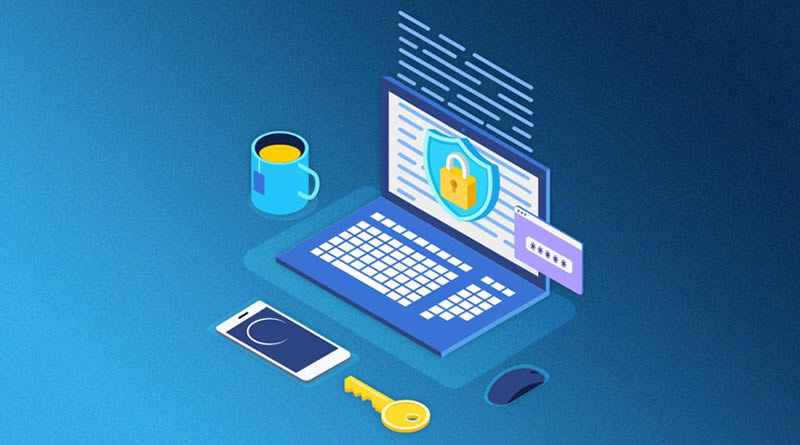Ensuring the Security of Electronic Devices at Home
In today’s digital age, electronic devices play an integral role in our lives. From smartphones and tablets to laptops and gaming consoles, these devices contain valuable personal information and are often significant financial investments. Therefore, it is crucial to prioritize their security within our homes. In this article, we will explore effective strategies for ensuring the safety of electronic devices in your home.
Secure Wi-Fi Network
A secure Wi-Fi network forms the foundation for protecting your electronic devices. Follow these guidelines to enhance your network’s security:
- Change Default Passwords: Change the default administrator passwords of your Wi-Fi router and any connected devices. Use strong, unique passwords that include a combination of letters, numbers, and symbols.
- Enable Network Encryption: Enable WPA2 (Wi-Fi Protected Access II) or WPA3 encryption protocols on your router. Encryption ensures that data transmitted between your devices and the router remains confidential and inaccessible to unauthorized users.
- Guest Network: Set up a separate guest network for visitors to use. This network should have limited access to your main devices and data, reducing the risk of unauthorized access.
Device Protection Measures
Implementing device-specific security measures adds an extra layer of defense against potential threats. Consider the following recommendations:
- Strong Device Passwords: Set up strong passwords or passcodes for all your electronic devices, including smartphones, tablets, and laptops. Use a combination of alphanumeric characters and avoid easily guessable passwords.
- Two-Factor Authentication (2FA): Enable 2FA whenever possible, especially for online accounts linked to your devices. This adds an additional verification step, such as a unique code sent to your phone, to ensure only authorized users can access your accounts.
- Regular Software Updates: Keep your devices’ operating systems, applications, and antivirus software up to date. Software updates often include security patches that address known vulnerabilities, reducing the risk of exploitation.
Physical Security Measures
Protecting your electronic devices physically is equally important. Here are some recommendations:
- Secure Storage: When not in use, store your devices in a locked drawer, cabinet, or safe. This reduces the likelihood of theft or unauthorized access.
- Security Cables and Locks: Use security cables and locks to physically tether devices to a fixed object. This is particularly useful for laptops and desktop computers, preventing opportunistic theft.
- Home Security System Integration: Integrate your electronic devices into your home security system, if applicable. This allows you to receive alerts and monitor their status remotely, enhancing overall security.
By following these guidelines, you can significantly enhance the security of electronic devices in your home. Remember, cybersecurity is an ongoing process, so stay vigilant and adapt to emerging threats by staying informed about the latest best practices. Protecting your electronic devices not only safeguards your personal data but also ensures uninterrupted enjoyment and productivity in the digital realm.
Note: This is a sample article that follows the given format and guidelines. It is not an actual complete article on the topic.




